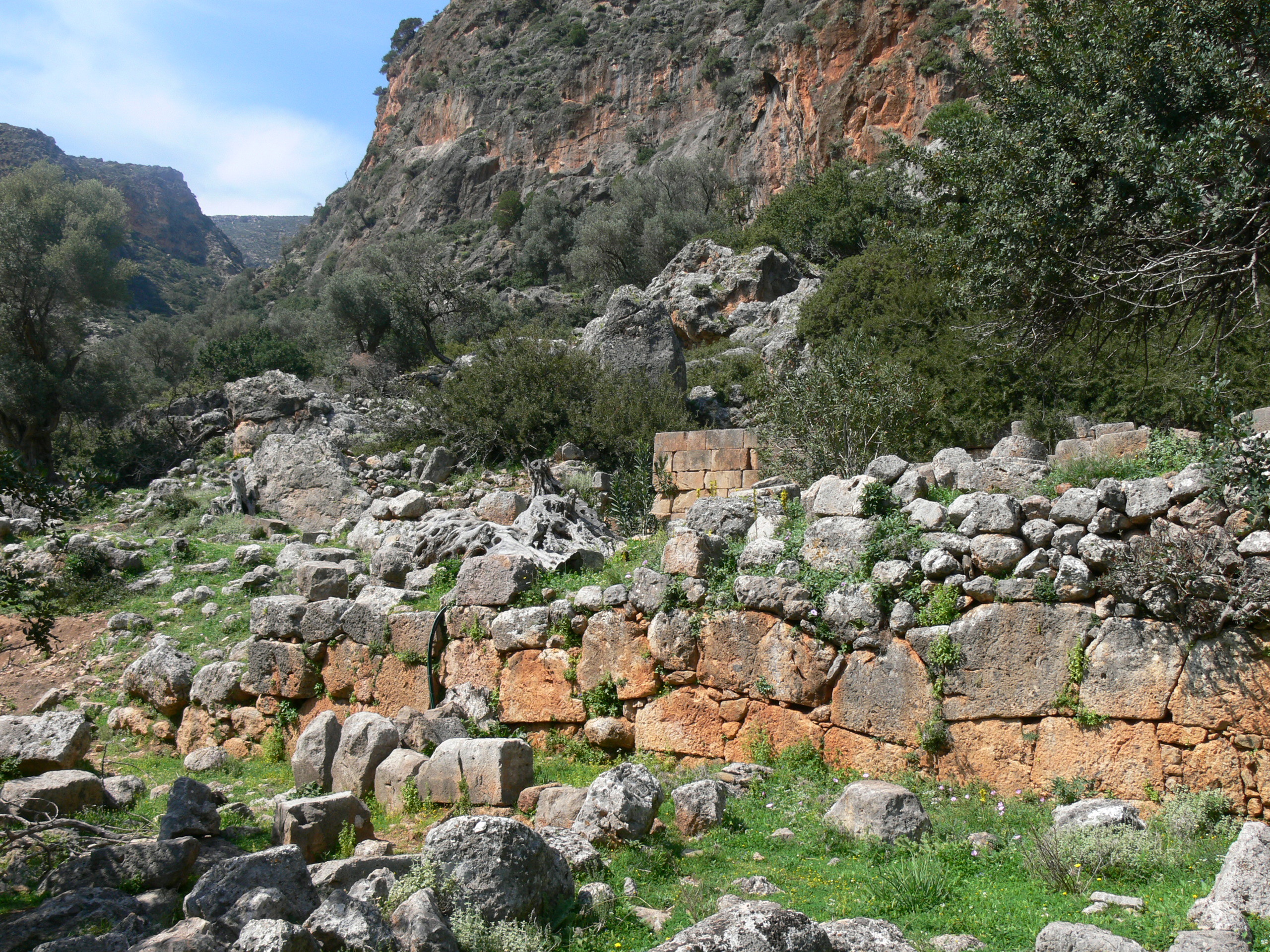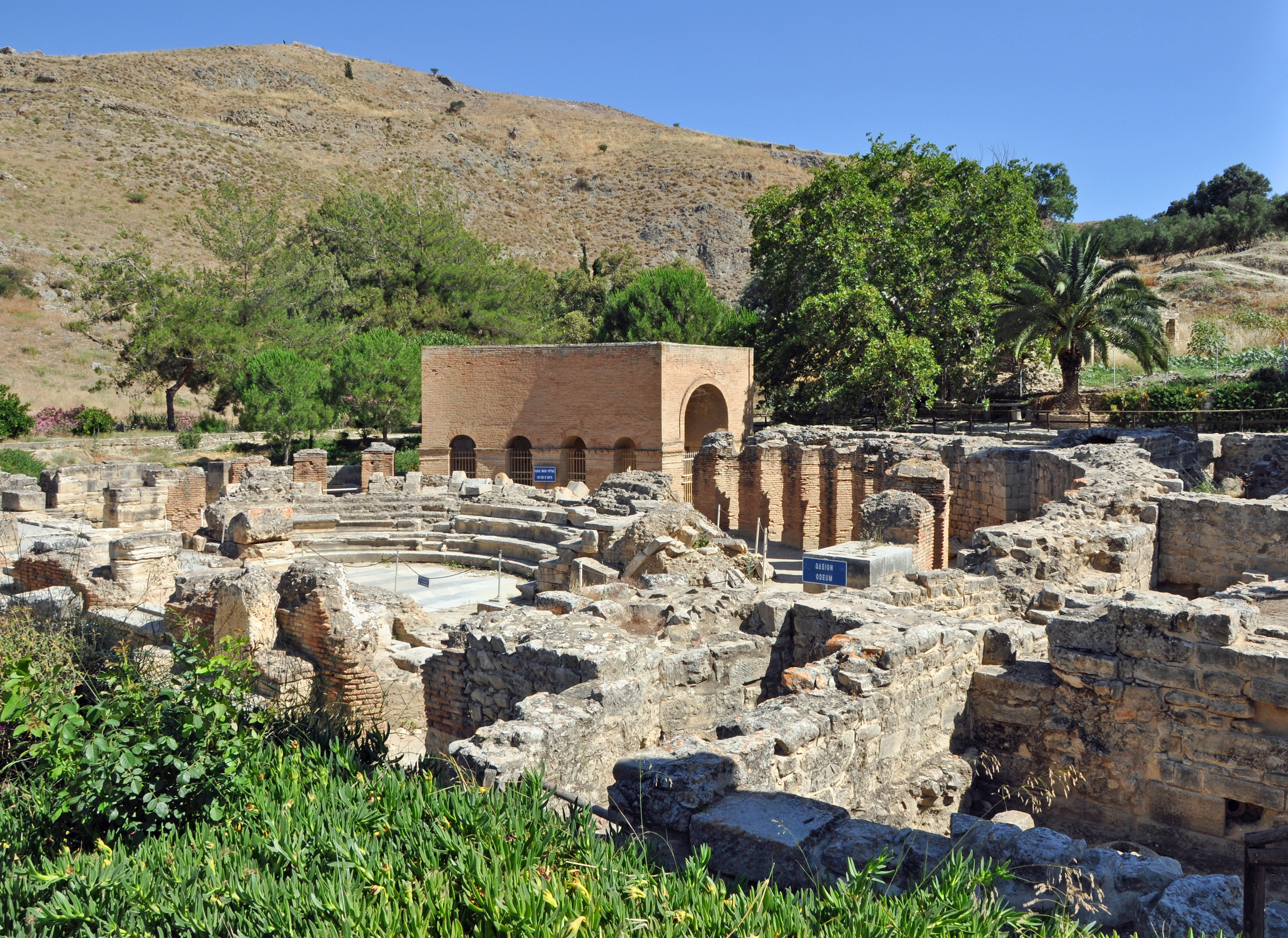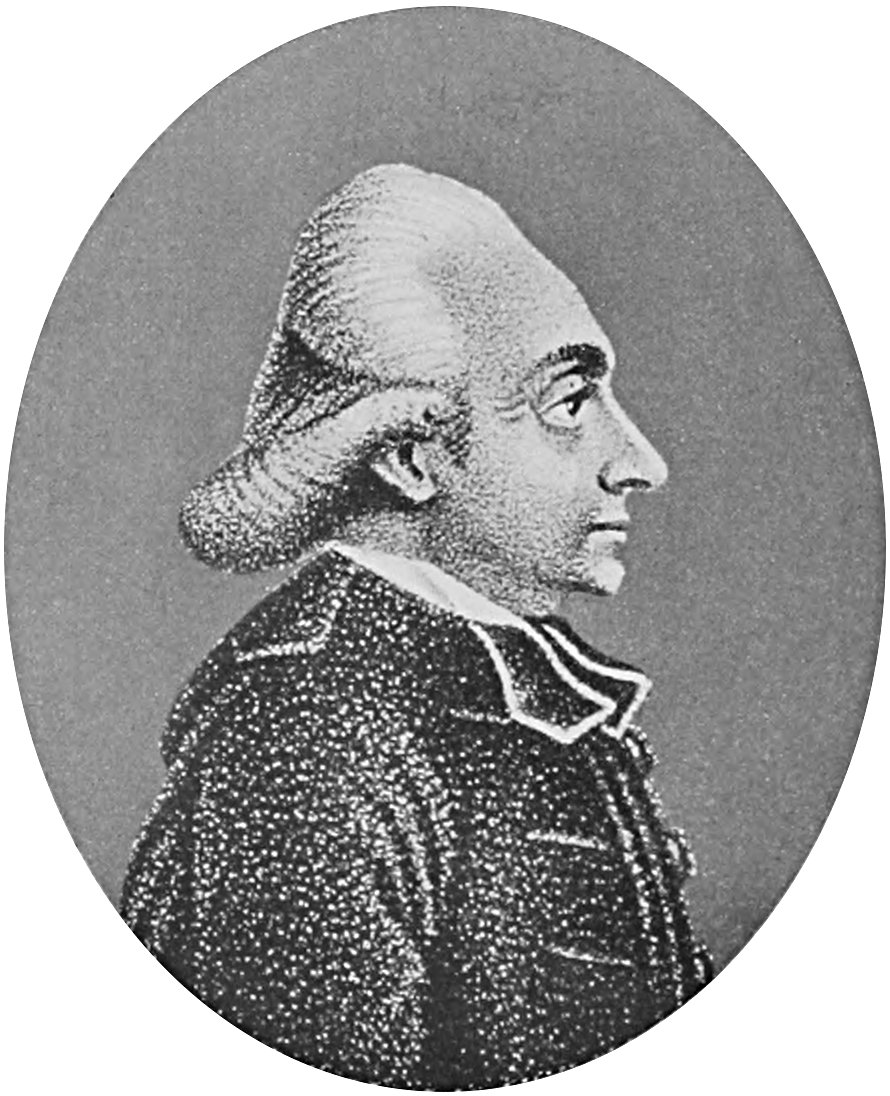|
Lissus (Crete)
Lissus or Lissos ( grc, Λίσσος) was a town on the south coast of ancient Crete, which the anonymous ''Stadiasmus Maris Magni'' places between Syia and Calamyde. The Peutinger Table gives 16 M.P. as the distance between Cantanum and Lissus (there recorded as Liso). It was one of the harbours (the other was Syia) of Elyrus. It was established in the Classical period and flourished until the Late Antiquity. Its name was made certain by inscriptions. The early history of the city is unknown. Based on inscriptions and coins of the 3rd century BCE, we know the city allied with King Magas of Cyrene, and joined the League of Oreians. The koinon of the Oreians consisted of the cities Lissus, Syia, Poikilassos, Tarrha, Yrtakina and Elyrus. Lissus had powerful trading and fishing fleets. This Cretan city was an episcopal see in the time of Hierocles. The order in which Flaminius Cornelius mentions it with the other bishoprics in the west part of the island agrees very well ... [...More Info...] [...Related Items...] OR: [Wikipedia] [Google] [Baidu] |
Periplus Of Pseudo-Scylax
The ''Periplus of Pseudo-Scylax'' is an ancient Greek periplus (περίπλους ''períplous'', 'circumnavigation') describing the sea route around the Mediterranean and Black Sea. It probably dates from the mid-4th century BC, specifically the 330s, and was probably written at or near Athens. Its author is often included among the ranks of 'minor' Greek geographers. There is only one manuscript available, which postdates the original work by over 1500 years. The author's name is written Pseudo-Scylax or Pseudo-Skylax, often abbreviated as Ps.-Scylax or Ps.-Skylax. Author The only extant, medieval manuscript names the author as "Scylax"' (or "Skylax"), but scholars have proven that this attribution is to be treated as a so-called "pseudepigraphy, pseudepigraphical appeal to authority": Herodotus mentions a Scylax of Caryanda, a Greek navigator who in the late sixth century BC explored the coast of the Indian Ocean on behalf of the Achaemenid Persia, Persians.Herodotus. ''His ... [...More Info...] [...Related Items...] OR: [Wikipedia] [Google] [Baidu] |
Ancient Greek Archaeological Sites In Greece
Ancient history is a time period from the beginning of writing and recorded human history to as far as late antiquity. The span of recorded history is roughly 5,000 years, beginning with the Sumerian cuneiform script. Ancient history covers all continents inhabited by humans in the period 3000 BCAD 500. The three-age system periodizes ancient history into the Stone Age, the Bronze Age, and the Iron Age, with recorded history generally considered to begin with the Bronze Age. The start and end of the three ages varies between world regions. In many regions the Bronze Age is generally considered to begin a few centuries prior to 3000 BC, while the end of the Iron Age varies from the early first millennium BC in some regions to the late first millennium AD in others. During the time period of ancient history, the world population was already exponentially increasing due to the Neolithic Revolution, which was in full progress. While in 10,000 BC, the world population stood at ... [...More Info...] [...Related Items...] OR: [Wikipedia] [Google] [Baidu] |
Former Populated Places In Greece
A former is an object, such as a template, gauge or cutting die, which is used to form something such as a boat's hull. Typically, a former gives shape to a structure that may have complex curvature. A former may become an integral part of the finished structure, as in an aircraft fuselage, or it may be removable, being using in the construction process and then discarded or re-used. Aircraft formers Formers are used in the construction of aircraft fuselage, of which a typical fuselage has a series from the nose to the empennage, typically perpendicular to the longitudinal axis of the aircraft. The primary purpose of formers is to establish the shape of the fuselage and reduce the column length of stringers to prevent instability. Formers are typically attached to longerons, which support the skin of the aircraft. The "former-and-longeron" technique (also called stations and stringers) was adopted from boat construction, and was typical of light aircraft built until the ... [...More Info...] [...Related Items...] OR: [Wikipedia] [Google] [Baidu] |
Port Settlements In Ancient Crete
A port is a maritime facility comprising one or more wharves or loading areas, where ships load and discharge cargo and passengers. Although usually situated on a sea coast or estuary, ports can also be found far inland, such as Hamburg, Manchester and Duluth; these access the sea via rivers or canals. Because of their roles as ports of entry for immigrants as well as soldiers in wartime, many port cities have experienced dramatic multi-ethnic and multicultural changes throughout their histories. Ports are extremely important to the global economy; 70% of global merchandise trade by value passes through a port. For this reason, ports are also often densely populated settlements that provide the labor for processing and handling goods and related services for the ports. Today by far the greatest growth in port development is in Asia, the continent with some of the world's largest and busiest ports, such as Singapore and the Chinese ports of Shanghai and Ningbo-Zhou ... [...More Info...] [...Related Items...] OR: [Wikipedia] [Google] [Baidu] |
Chania (regional Unit)
Chania ( el, Περιφερειακή ενότητα Χανίων) is one of the four regional units of Greece, regional units of Crete; it covers the westernmost quarter of the island. Its capital is the city of Chania. Chania borders only one other regional unit: that of Rethymno (regional unit), Rethymno to the east. The western part of Crete is bounded to the north by the Sea of Crete, Cretan Sea, and to the west and south by the Mediterranean Sea. The regional unit also includes the southernmost island of Europe, Gavdos. Geography Chania regional unit, often informally termed 'Western Crete', is a part of the island which includes the districts of Apokoronas, Sfakia, and Selino in the far South West corner. Other towns in the Chania prefecture include Sfakia#Hora Sfakion, Hora Sfakion, Kastelli-Kissamos, Kissamos, Palaiochora, Maleme, Vryses, Vamos, Georgioupolis and Kalives. The natural park of Samariá Gorge, a tourist attraction and a refuge for the rare Cretan wild goat ... [...More Info...] [...Related Items...] OR: [Wikipedia] [Google] [Baidu] |
Populated Places In Ancient Crete
Population typically refers to the number of people in a single area, whether it be a city or town, region, country, continent, or the world. Governments typically quantify the size of the resident population within their jurisdiction using a census, a process of collecting, analysing, compiling, and publishing data regarding a population. Perspectives of various disciplines Social sciences In sociology and population geography, population refers to a group of human beings with some predefined criterion in common, such as location, race, ethnicity, nationality, or religion. Demography is a social science which entails the statistical study of populations. Ecology In ecology, a population is a group of organisms of the same species who inhabit the same particular geographical area and are capable of interbreeding. The area of a sexual population is the area where inter-breeding is possible between any pair within the area and more probable than cross-breeding with ind ... [...More Info...] [...Related Items...] OR: [Wikipedia] [Google] [Baidu] |
List Of Ancient Greek Cities
A ''list'' is any set of items in a row. List or lists may also refer to: People * List (surname) Organizations * List College, an undergraduate division of the Jewish Theological Seminary of America * SC Germania List, German rugby union club Other uses * Angle of list, the leaning to either port or starboard of a ship * List (information), an ordered collection of pieces of information ** List (abstract data type), a method to organize data in computer science * List on Sylt, previously called List, the northernmost village in Germany, on the island of Sylt * ''List'', an alternative term for ''roll'' in flight dynamics * To ''list'' a building, etc., in the UK it means to designate it a listed building that may not be altered without permission * Lists (jousting), the barriers used to designate the tournament area where medieval knights jousted * ''The Book of Lists'', an American series of books with unusual lists See also * The List (other) * Listing (di ... [...More Info...] [...Related Items...] OR: [Wikipedia] [Google] [Baidu] |
Gortys
Gortyna ( grc, Γόρτυνα; also known as Gortyn (Γορτύν)) was a town of ancient Crete which appears in the Homeric poems under the form of Γορτύν; but afterwards became usually Gortyna (Γόρτυνα). According to Stephanus of Byzantium it was originally called Larissa (Λάρισσα) and Cremnia or Kremnia (Κρήμνια). History This important city was next to Cnossus in importance and splendour; in early times these two great towns had entered into a league which enabled them to reduce the whole of Crete under their power; in after-times when dissensions arose among them they were engaged in continual hostilities. It was originally of very considerable size, since Strabo reckons its circuit at 50 stadia; but when he wrote it was very much diminished. He adds that Ptolemy Philopator had begun to enclose it with fresh walls; but the work was not carried on for more than 8 stadia. In the Peloponnesian War, Gortyna seems to have had relations with Athens. In ... [...More Info...] [...Related Items...] OR: [Wikipedia] [Google] [Baidu] |
Robert Pashley
Robert Pashley (4 September 1805 – 29 May 1859) was a 19th-century English traveller, lawyer and economist. Pashley was born in York and he studied at Trinity College, Cambridge. Distinguished in mathematics and Classics, in 1830 he was elected a Fellow of Trinity at his first sitting. In 1832 he took his MA degree, and as a travelling Fellow undertook a journey in Italy, Greece, Asia Minor and Crete, of which he published his two-volume ''Travels in Crete''. His work is considered a classic of writing on the Ottoman Empire, with his detailed observations on local geography, customs, and social issues. In 1837, he was called to the Bar by the Inner Temple. He lost his valuable library and antiquities in fire at Temple in 1838. He was appointed as a queen's counsel in 1851 He stood for Parliament in the 1852 general election for King's Lynn but was not elected. In 1853 he married Marie, the only daughter of Baron Von Lauer of Berlin. They had three children. He published tw ... [...More Info...] [...Related Items...] OR: [Wikipedia] [Google] [Baidu] |
Joseph Hilarius Eckhel
Joseph Hilarius Eckhel (13 January 1737 – 16 May 1798) was an Austrian Jesuit priest and numismatist. Biography Eckhel was born at Enzersfeld, in Lower Austria. His father was farm-steward to Count Zinzendorf, and he received his early education at the Jesuits' College, Vienna, where at the age of fourteen he was admitted into the order. He devoted himself to antiquities and numismatics. After being engaged as professor of poetry and rhetoric, first at Steyr and afterwards at Vienna, he was appointed in 1772 keeper of the cabinet of coins at the Jesuits' College, and in the same year he went to Italy for the purpose of personal inspection and study of antiquities and coins. At Florence he was employed to arrange the collection of the grand duke of Tuscany; and the first-fruits of his study of this and other collections appeared in his ''Numi veteres anecdoti'', published in 1775. On the suppression of the Society of Jesus in 1773, Eckhel was appointed by the empress Maria Th ... [...More Info...] [...Related Items...] OR: [Wikipedia] [Google] [Baidu] |







